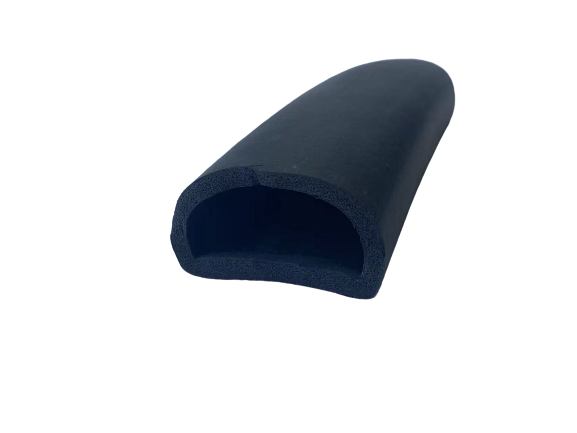Dec . 07, 2024 02:21 Back to list
door weather stripping for bottom of door
Understanding Door Weather Stripping for the Bottom of Your Door
Weather stripping plays a crucial role in maintaining the comfort and efficiency of your home. Among the various types of weather stripping available, the bottom door weather stripping is often overlooked but is equally important. This article will explore the significance of weather stripping for the bottom of your door, types available, installation tips, and maintenance advice.
Why Weather Stripping is Important
The bottom of your door is one of the most vulnerable areas when it comes to air leaks. An unsealed door can allow drafts, pests, and water to enter your home, leading to uncomfortable living conditions and increased energy costs. Weather stripping helps to create a seal between your door and the threshold, significantly reducing air infiltration. This not only enhances indoor comfort but also improves energy efficiency, leading to lower heating and cooling bills.
Moreover, effective weather stripping can protect your home from moisture damage. Water can seep through the gaps under your door, leading to mold growth and structural damage over time. By installing weather stripping, you can create a barrier that keeps your home dry and protected.
Types of Weather Stripping for the Bottom of Doors
There are a variety of weather stripping materials and methods available for the bottom of doors. Here are some of the most common types
1. Sweeps Door sweeps are long strips of flexible material that attach to the bottom of the door. They come in various materials, including vinyl, rubber, and aluminum. Sweeps are effective in blocking drafts, dust, and water, making them a popular choice for exterior doors.
2. Thresholds A threshold is a raised strip that sits on the floor beneath your door. When combined with a door sweep, it creates a tight seal that prevents air and moisture from entering. Some thresholds come with built-in weather stripping for added protection.
3. Self-Adhesive Foam Tape This is a versatile and user-friendly option. Self-adhesive foam tape can be cut to size and applied directly to the bottom of the door. It provides a soft barrier that effectively blocks drafts and is ideal for lightweight doors.
4. Rubber or Vinyl Gasketing This type of weather stripping is designed to fit into a groove at the bottom of the door. It provides an effective seal and is durable, making it suitable for high-traffic areas.
door weather stripping for bottom of door

Installation Tips
Installing weather stripping at the bottom of your door is a relatively simple DIY project that can be completed in a few steps
1. Measure the Door Before purchasing weather stripping, measure the width of your door to ensure you buy the correct length. Consider any gaps that need to be sealed.
2. Remove Old Stripping If there is existing weather stripping, carefully remove it to prepare the surface for the new material.
3. Clean the Area Ensure the door bottom and threshold are clean and free of debris. This will help the adhesive stick better and ensure a proper seal.
4. Cut and Attach Cut the weather stripping to size and attach it according to the manufacturer's instructions. For door sweeps, you may need to use screws for a secure fit.
5. Test the Seal Once installed, close the door and check for any gaps. Adjust or reposition the weather stripping as needed to achieve a tight seal.
Maintenance
Maintaining the weather stripping at the bottom of your door is essential for its longevity. Check the condition of the material periodically, especially after extreme weather conditions. If you notice wear or damage, replace the weather stripping promptly to maintain a proper seal. Regular maintenance will ensure that your home remains energy-efficient and protected from the elements.
Conclusion
In summary, door weather stripping for the bottom of your door is an essential aspect of home maintenance that offers numerous benefits. It helps prevent drafts, moisture intrusion, and pest infiltration, contributing to a comfortable living environment and reducing energy costs. By understanding the different types of weather stripping available and following proper installation techniques, homeowners can effectively seal their doors and enhance the overall efficiency of their homes. Investing time and effort into this simple home improvement can yield significant rewards in comfort and cost savings.




